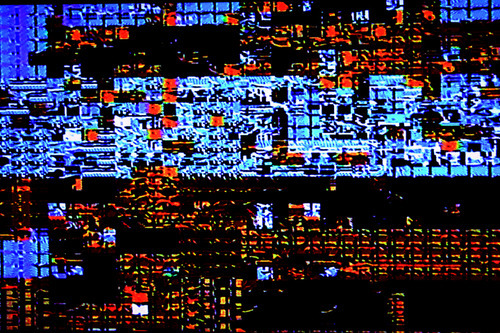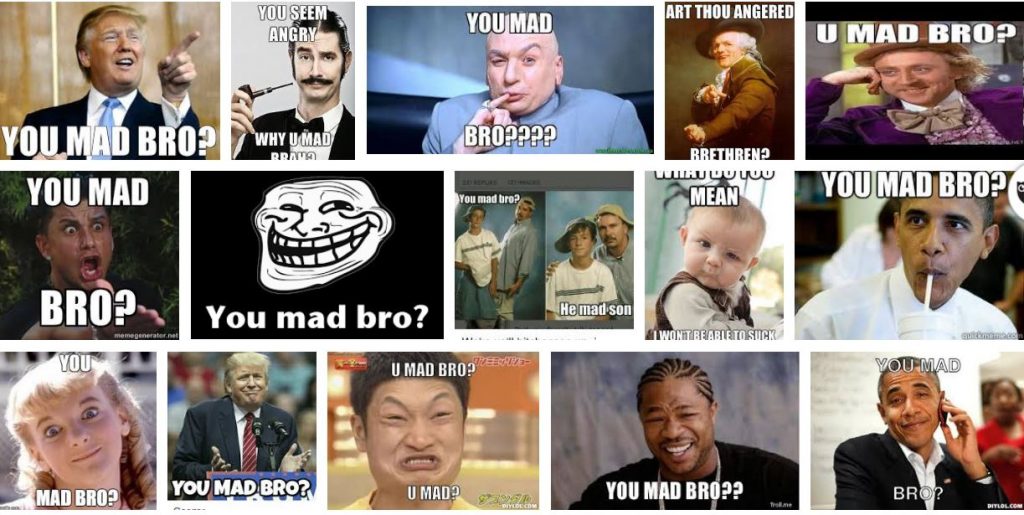There’s a lot of hype about machine learning entering the art world. I’ve seen a lot of projects as well. The Adversarial Feelings project by Lorem seems to be one of the best examples of really integrating ML technologies into human artistic endeavors. I especially like what is described as an interactive process that moves back and forth between human and machine in terms of building the work, as I’m not really on board with the methodology that works in a one-way fashion where a data set is learnt and permutations are belched out in so often a project.
The integration of three disciplines into one project is also quite exciting. Putting video, sound design and ML specialists together makes for pushing all three further than a project of just one specialty and I think could inform the breadth of possibility when ML gets integrated even more so into the arts – far better than data scientists working in a vacuum on projects or artists wading into the shallows of the technology.
I definitely suggest checking out the interview and learning more about the project and how the interactions came together between the specialties.












